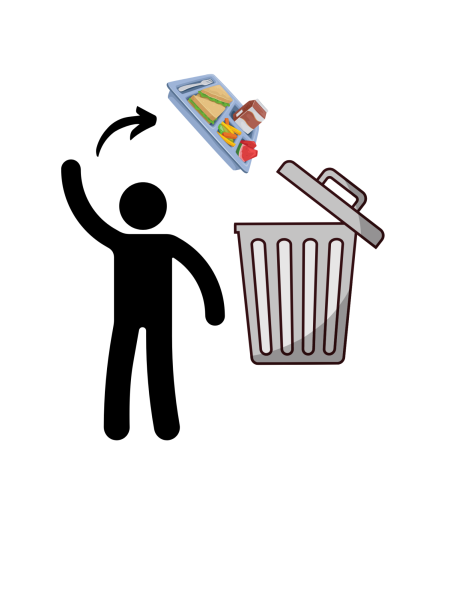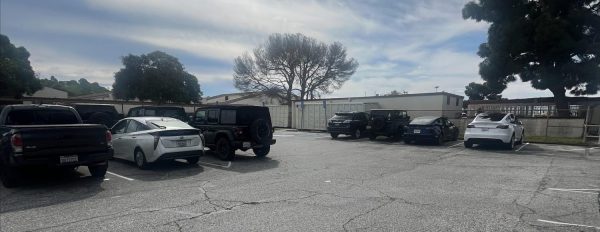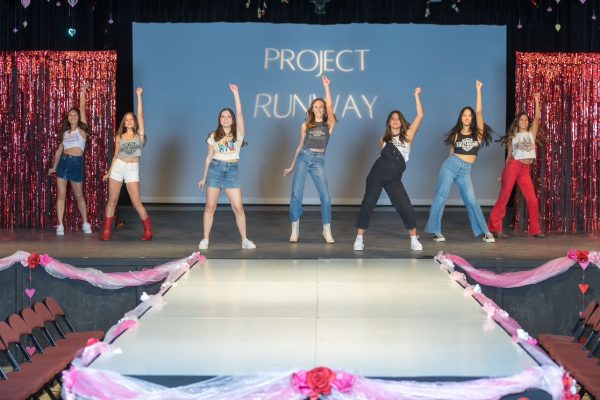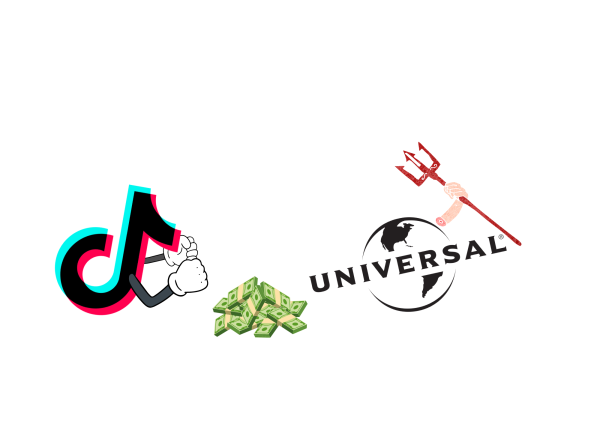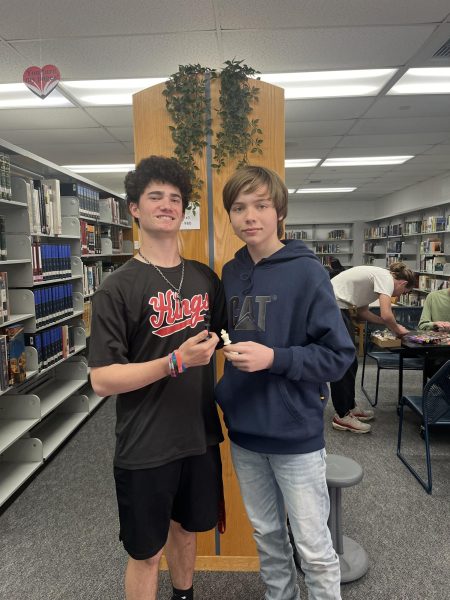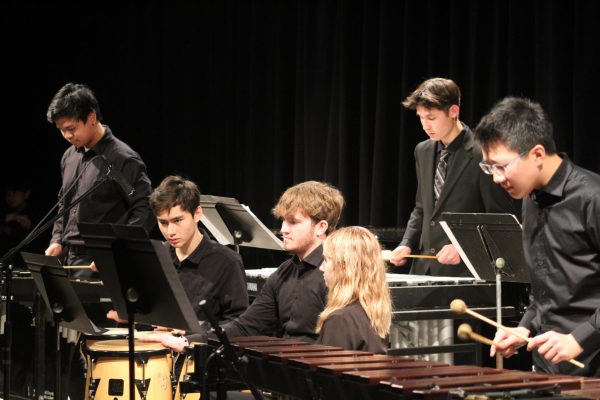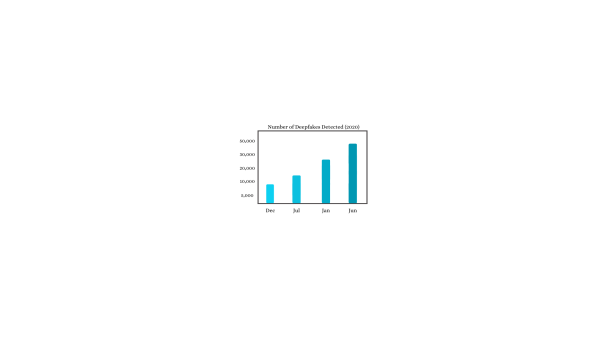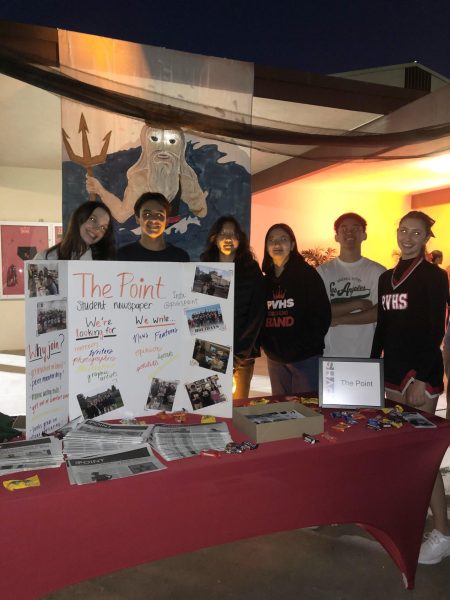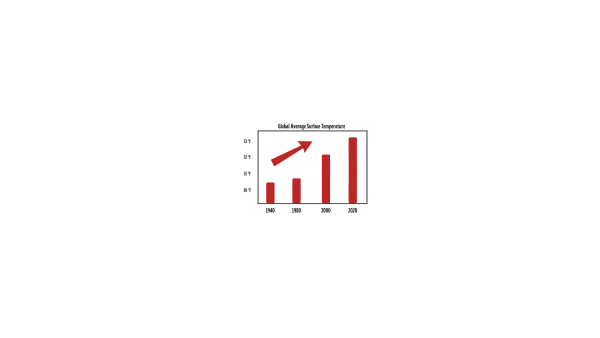Lincoln Memorial Incident Sparks Social Media Controversy
The infamous standoff that occured on January 18 between three groups representative of clashing principles has fostered a controversy that has countless Americans debating their own thoughts about the confrontation.
On the steps of the Lincoln Memorial, a group of Hebrew Israelites, Kentucky’s Covington Catholic school boys, and Native American activist Nathan Phillips came face-to-face in a tense impasse, an ironic situation considering the symbolic national unity that Abraham Lincoln once fought for.
Junior Carter Harrigian summed up two opposing perspectives on the situation, saying, “There’s so many sides to what actually happened. I know the kids from the Kentucky school are getting a lot of hate for it. It’s just unfortunate to see, but at the same time, if the person who was supposedly being oppressed was telling the truth, then I do think [the students] deserve to have repercussions.”
After some came forward bearing witness, it was soon learned that a group of Hebrew Israelites not pictured in the original video were the root of the issue, as they began hurling discriminative insults towards the nearby boys.
As the situation escalated, belligerent words could be heard coming from either side of the crowd. It was then that Native American Nathan Phillips approached the crowd, banging a drum to allegedly diffuse the spiraling argument.
As he spearheaded his way through a turbulent mass of people, he and Covington Catholic student Nick Sandmann met in the middle, standing face-to-face. A flood of scattered video clips showed the students chanting was quick to follow. Many people criticized the boys and said they appeared to be mocking Phillips’ drum ritual.
Although there were no physical altercations, the basis of the controversy originated in political differences and assumptions about appearance. Some believed that Phillips received immunity from criticism solely because of his identity as a person of color (POC). On the other hand, several leftists felt that Sandmann’s “Make America Great Again” hat spoke for him, since it is a symbol of racism and ignorance to many.
“I think the ‘Make America Great Again’ hat is such a divisive symbol … In the deep south and the Midwest, it’s a lot more polarized and that hat means a lot more. It’s become, to me, a symbol of what I hope America can overcome,” junior Ryan Pascal said.
Many believe that while Sandmann did not make a violent charge towards Phillips, his expression and stance was enough to explain his attitude, arguing that not all disputes have to be explicitly verbal.
“[Nick Sandmann] said that he tried to diffuse the situation by looking all calm when in the photos he’s smirking … It’s a scare tactic to stand there and act arrogant like that. It’s a tactic of intimidation. I don’t think he was trying to diffuse the situation at all,” junior Joe Miyashita said.
While a great amount of people sympathize with Phillips, there are just as many who are in favor of Sandmann and the other Covington Catholic School boys, addressing how audiences were quick to stereotype the boys as intolerant conservatives.
“It is kind of unfortunate that people kind of rushed to form an opinion about the matter before the evidence came out, because in the photo, it looks like the Covington High School kids are surrounding the Native American. But, in actuality, the Native American guy was trying to interlude between the high school kids,” senior Matin Razepoor said.
Moreover, some believe that high school student Sandmann and his actions were both understandable and respectable after more footage of the incident surfaced.
“After I watched the actual entire clip of it happening, I realized that this kid was just chilling out with his schoolmates, and this man came up and started banging a drum in his face. He just sat there, kind of bemusedly, and people got mad at him because they think he’s some sort of racist,” junior Matthew Smalling said.
“But, I actually support the actions of this kid, because he just sat there … He acted pretty mature.”
A few students believe that the boys’ political stance and Phillip’s identity as a POC should not have influenced criticism from either side of the spectrum, regardless of whether these students oppose either group.
“I completely understand why people may be upset, because religion and what you identify as is a huge thing. Everyone should be able to be themselves and not fear judgement from society,” junior Anna Hill said.
Others believe that it is vital to recognize the background information in assessing the situation and placing the blame, as the conflict characterizes a broader problem at hand.
“You shouldn’t trust everything you see online… the best thing they could have done was to walk away,” said Harrigian.
However, soon after the incident, a video posted by the school in 2012 resurfaced, showing the school in an unfavorable light. The video has since been deleted.
“There’s footage of [the school] doing blackface in front of the black students at their rival high school at the basketball game … So, if you can look at that video and say, ‘Oh, well, they are good guys. It doesn’t matter what’s going on. The Native American man approached them,’ I think that that’s wrong. Just like how people were judging us for coming to a conclusion based off of one video, they are not drawing conclusions based off of the evidence that surrounds it,” Pascal continued.
Nonetheless, there is common ground to be acknowledged beneath all of the conflict. The boys’ reciprocation of discriminative chants directed towards Phillip’s seemed a topic of mutual agreement on both sides of the equation, that the boys should not have engaged.
Many were fast to recognize their own bias in the situation as well.
Smalling said that while he believes that it was “somewhat immature the way [Phillips] acted,” he agrees that “[Phillips] has every right to be where he is at that time.”
While the so-called “fight” was not founded on well-spoken word, but rather compelling facial expressions and a combination of yells from all parties, the viral confrontation represents the severity of the political divide happening within the nation today.
In spite of political or racial divisions, a respect for civil disagreement is lacking in the public eye.
Frustration airs from both sides as consideration for an opposing perspective and awareness of one’s own bias is left astray.
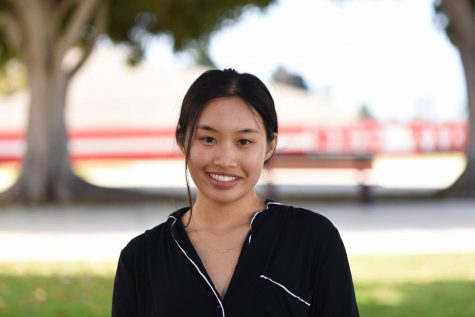
Phoebe Lai is a senior and one of our Editors-in-Chief this year. Last year she was EIC as well, and she looks forward to leading the staff as they publish...
